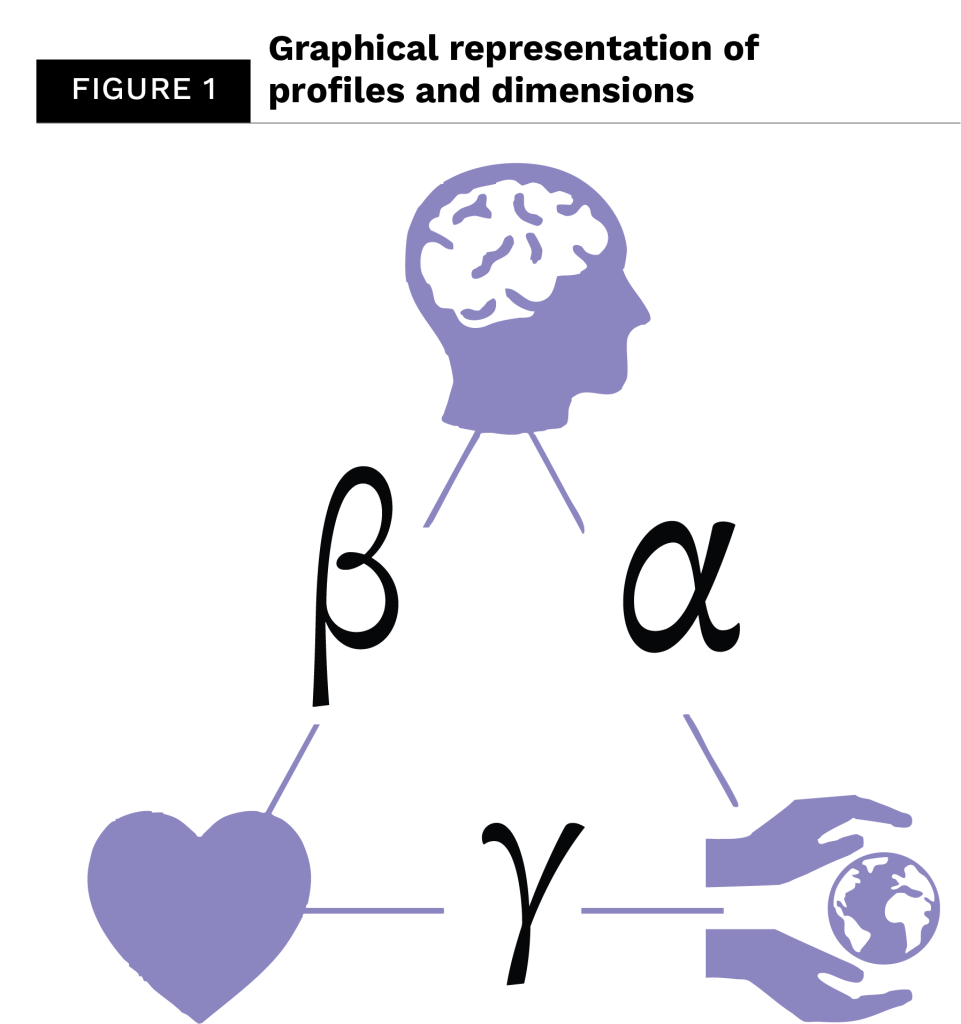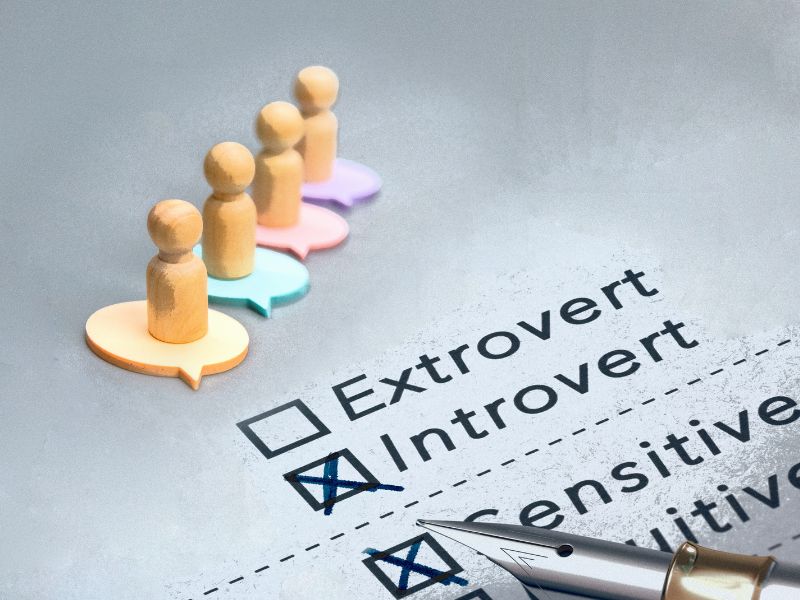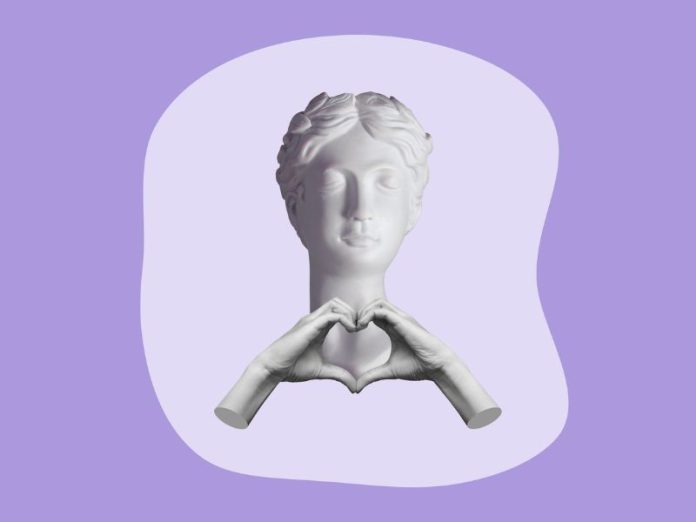By Carlos Rey
Psychologists have long battled to formulate frameworks that allow us to understand and interpret the human psyche. Predictably, their findings have often been complex and difficult to apply in an everyday context. Here, Carlos Rey presents a new method that is both practical and intuitive.
Diagnosing personality is useful for various applications in organizations. An effective diagnostic method can assist in enhancing self-awareness and personal development, making informed hiring decisions, facilitating better communication between individuals, and aiding in the development of balanced and cohesive teams.
Philosophy and psychology have long explored personality, from Hippocrates’ temperaments to modern methods like DISC, MBTI, 16PF, and Enneagram. Each offers unique utilities based on their foundations.
In this context, the DPMC Foundation and the Management by Missions and Corporate Purpose Chair of UIC have developed the Alpha-Beta-Gamma method. This new diagnostic tool uses a philosophical-anthropological approach to enhance interpersonal relationships with an easy-to-apply diagnosis.
Personality dimensions
The Alpha-Beta-Gamma method examines three fundamental dimensions of personality: Head, Heart, and Hands1. The Head refers to rationality, planning, and objectivity, which involves structured and logical thinking. The Heart includes emotions, empathy, feelings, and emotional intuition, highlighting elements that enable emotional connection and understanding of others. The Hands represent action orientation, proactivity, pragmatism, and experience-based intuition, emphasizing the ability to perform tasks effectively and practically, based on experience and direct action.

Understanding these three dimensions is essential for a comprehensive view of an individual. Each dimension offers key traits that together enhance self and mutual understanding. Three profiles emerge from combining these dimensions in pairs:
- Alpha (Head-Hands): Individuals in this category adeptly merge rationality with practicality, exhibiting pragmatic planning driven by a strong sense of responsibility and duty. Nevertheless, their limited engagement with emotional aspects, both personal and interpersonal, may cause them to be perceived as utilitarian and insensitive.
- Beta (Head-Heart): These individuals seamlessly integrate emotions with rationality, displaying depth and charisma while connecting with both their own motivations and those of others. However, their lesser inclination towards action-oriented approaches can result in their being viewed as overly general and impractical.
- Gamma (Heart-Hands): This group effectively combines emotional insight with action, demonstrating intuition, creativity, and motivational skills that propel initiatives and practical solutions with enthusiasm and passion. Nonetheless, their reduced focus on logical thinking may lead to perceptions of superficiality and instability.

Diagnosis
For years, we have diagnosed personality across a diversity of professionals using this model. We employ systematic self-observation and introspective reflection in three steps, both individually and in group workshops:

Step 1: Understanding
The first step involves presenting individuals with a symbolic triangular representation of the three dimensions—Head, Heart, and Hands—at the vertices of the triangle, and the three personality profiles on the sides (see figure 1). Next, participants are asked to describe each of the three dimensions in their own words to ensure they understand the scope of each one. The concepts related to each dimension, as outlined in table 1, are used as a guide.
Step 2: Exploration
After understanding the three dimensions of the model, individuals are asked to position themselves at the vertex (the dimension) with which they feel the greatest affinity. Some participants choose the Head, others the Heart, and others the Hands. After identifying their chosen dimension (vertex), they are asked to describe the advantages and disadvantages of this vertex and the other vertices. This exercise promotes introspective reflection and self-observation, preparing them for the next step.
Step 3: Positioning
We prompt individuals to position themselves on the side of the triangle with which they identify most strongly (Alpha, Beta, Gamma), thereby determining their personality profile. Subsequently, we encourage them to reflect on their choice and explain the characteristics of the selected profile, including its description, strengths, and weaknesses. For guidance, we refer to the concepts outlined in table 2.
The Alpha-Beta-Gamma method enables individuals to conduct self-diagnosis with considerable ease. With sufficient familiarity and training in the method, they can also identify the personality profiles of those they interact with. Our observations indicate that diagnosing individuals with whom there is greater affinity or closeness is more straightforward. However, with adequate training, it is also feasible to accurately determine the profiles of less-familiar individuals.
Creating powerful connections
After individuals acquire the skills to perform self-diagnosis and diagnose others, they are prepared to implement the method. This method aims to achieve two primary objectives: fostering connections between people with diverse profiles and enhancing awareness of the limitations present in relationships among similar profiles.
When two people have differences, complementarity may occur, where each provides something the other lacks. However, it is not always straightforward to determine what that specific “something” is. The Alpha-Beta-Gamma model helps identify complementarity between different profiles in three areas: (1) “what we have in common,” (2) “what you can contribute to me,” and (3) “what I can contribute to you.”
When two people have differences, complementarity may occur, where each provides something the other lacks.
In “what we have in common,” the method facilitates the creation of powerful connections between people, from self-confidence and the desire to find common ground with others. The key is that each pair of different profiles always has a common vertex: Alpha and Beta understand each other in the Head, Beta and Gamma in the Heart, and Alpha and Gamma in the Hands. This ability to easily find “what we have in common” improves communication, fosters trust, helps resolve conflicts, and enhances leadership.
The method also allows for identifying areas of complementarity between individuals. The concept is that anyone with a different profile can offer support in areas where one may be less developed, and vice versa. For instance, an individual with an Alpha profile can provide practical intuition and pragmatism to someone with a Beta profile, while a person with a Beta profile can offer emotional intuition and empathy to someone with an Alpha profile. This applies to any combination of different profiles, facilitating a mutual exchange of skills (see table 3).

This understanding of relationships allows us to approach people with different profiles from a perspective of vulnerability and humility, acknowledging that everyone has something to contribute, and we also have something to contribute to others. This simplifies connecting with others without pretenses or masks. Relationships become more natural and genuine, as this method involves connecting with others based on one’s own personality without changing or pretending to be someone else.

The second goal of the Alpha-Beta-Gamma method is to increase awareness of the potential advantages and limitations present among people with similar profiles. When individuals with similar profiles collaborate, their relationship can progress smoothly due to shared commonalities. However, there may be a reduced level of complementarity, potentially resulting in a lack of certain dimensions. For instance, two Alphas working on a project may have strong understanding in the domains of logic and action but may struggle with addressing emotional aspects. The Alpha-Beta-Gamma method highlights both the shared characteristics and the gaps in relationships between individuals with similar profiles (see table 4), encouraging the pursuit of complementarity from third parties or an increased focus on the missing dimension to address its deficiencies.
Advantages and disadvantages of the method
When compared to other models, the Alpha-Beta-Gamma method offers simplicity and ease in both diagnosis and application. Its intuitive and practical design makes it particularly suitable for use in everyday relationships, especially those involving frequent interactions. However, it also presents certain disadvantages. Each personality model discussed earlier in this article—MBTI, DISC, Enneagram, or 16PF—possesses unique advantages and disadvantages. Understanding both aspects for each model is crucial to selecting the most appropriate method for specific situations and optimizing its application once chosen. In the case of the Alpha-Beta-Gamma method, its advantages and disadvantages can be categorized into four distinct groups:

- Forced Choice: The method, as designed, requires a forced choice of two dimensions between Head, Heart, and / or Hands, and does not allow combining all three simultaneously. In cases where people could be characterized in all three dimensions, forced choice facilitates reflection but may provide limited information. In turn, in situations where a person’s personality is mainly defined by a single dimension (Head, Heart, or Hands), the forced choice of two dimensions could result in a self-diagnosis or diagnosis of others that does not reflect reality well.
- Metaphorical Language: Head, Heart, and Hands represent common concepts that facilitate self-diagnosis and the assessment of others. These metaphors act as “universal languages,” aiding consistent application across different cultures, countries, and education levels. For instance, test-retest trials have shown high reliability values comparable to those in other personality diagnostics. However, a potential drawback is the variability in individuals’ interpretations of these three symbols. This method works effectively when there is a shared understanding of the dimensions represented by Head, Heart, and Hands. It may be more challenging to implement in contexts where interpretations of each dimension vary significantly, such as in multidisciplinary teams with diverse cultural backgrounds.
- Reduced Number of Personality Profiles: This model has fewer categories compared to others like DISC (4), Big Five (5), Enneagram (9), or MBTI (16). The advantage is that, with only three profiles, diagnosis is simpler and it is easier to find common ground and contributions between different people. However, this also means a more generic diagnosis that does not include important characteristics like introversion / extroversion, present in other approaches.
- Ambiguity: The method relies on subjective observations from instructions such as “choose the dimension with which you feel the greatest affinity” and “the side with which you feel most identified.” Although these instructions generally provide sufficient guidance to achieve high reliability values, there can be some ambiguity in their interpretation. This may cause uncertainty for individuals unfamiliar with the model. Therefore, it is important to correctly follow the three phases of the method—understanding, exploration, and positioning—in order to obtain a reliable diagnosis.
These disadvantages make the Alpha-Beta-Gamma model probably less suitable than other methods for hiring personnel, assigning tasks according to personality profiles, or deep self-knowledge. However, its advantages make it an excellent option to boost self-confidence, develop interpersonal relationships, and create trust and cooperation dynamics in teams.

Conclusions and future research
In comparison to other personality diagnostic models, such as MBTI and DISC, which have histories spanning over 50 and 100 years respectively, our method is in its early stages of development and implementation. Future research will enable further refinement of the method, addressing existing limitations and expanding its capabilities. Areas for development include reducing ambiguity, creating questionnaires, and designing more effective guidelines for both self-diagnosis and diagnosis of others.
To date, and based on our experience, we can affirm that Alpha-Beta-Gamma is a personality diagnostic tool that helps build self-confidence and generate relationships based on trust and complementarity. It facilitates the desire to contribute to others from our strengths, and encourages seeking the contribution of others in areas where we have fewer skills. It promotes more authentic and natural relationships and, when applied to large teams or entire organizations, it becomes a common language that creates meaningful connections between people and supports high-performance cultures.
Acknowledgements: The author is very grateful to John Almandoz, Miquel Bastons, Pablo Cardona, Joan De Dou, María Fernández, Mayte Márquez and Alex Montaner for their comments on earlier drafts of this work.




 Carlos Rey
Carlos Rey
































